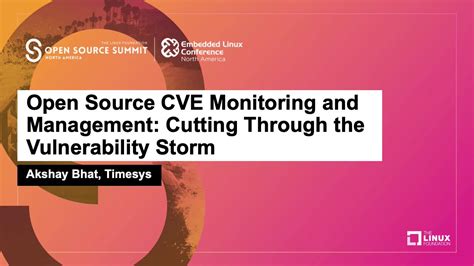In the open source ecosystem, a recent predicament involving a developer making his GitHub repository read-only brings to light the often contentious world of CVE (Common Vulnerabilities and Exposures) reporting. The controversy began when the ‘node-ip’ project on GitHub was hit with a CVE, which the maintainer argued was exaggerated in its severity. This incident encapsulates a critical and growing debate within the community: how should vulnerabilities in open source projects be evaluated, reported, and addressed responsibly? The ramifications of overzealous CVE filings, especially without adequate maintainer involvement, can be far-reaching, impacting not only the software but also the morale of those who contribute to open source.
A common thread in the community’s response suggests that many of those who demand urgent fixes or report vulnerabilities are commercial users who benefit from free software without giving back. This has led some to advocate for licensing strategies, such as the GPL or even the AGPL, which impose stricter usage terms to dissuade commercial misuse. Users like kibwen highlight this by mentioning how the GPL might
scare away
such freeloaders. IBM’s stipulation that employees cannot use GPL-3 on their equipment provides an example of this approach in action. In contrast, dagmx argues that larger companies, which respect licensing terms, refrain from direct interactions that could harass developers. Instead, these companies often internally patch software as needed, reflecting a more respectful relationship with open source projects.
Yet, the issue of CVEs extends beyond licensing and usage. The automated tools used by security researchers to identify vulnerabilities often lead to a deluge of reports, not all of which are critically or even genuinely impactful. As one commenter, lowbloodsugar, points out, the system currently lacks robust mechanisms for verifying the authenticity of reported bugs, leading to a DDOS-like effect on maintainers. This not only overwhelms developers but also risks desensitizing them to actual security threats. Consequently, some developers and security experts propose that researchers should be required to submit accompanying patches as a
proof of work
for the vulnerabilities they report, a move that might help filter out less serious reports and underscore genuine issues.
In the case of the ‘node-ip’ issue, the CVE in question concerned the incorrect identification of private IP addresses in a non-standard format (e.g., hexadecimal). Some voices in the community, like michaelt, argue that the severity score of 9.8 was grossly inflated, especially when compared to known severe vulnerabilities such as remote code execution bugs with lower scores. This scoring inflation can diminish trust in CVE systems, leading to fatigue and a
cry-wolf
effect where critical issues are overshadowed by less significant ones. Moreover, there seems to be a discrepancy in how various platforms like GitHub and Snyk evaluate and score vulnerabilities, adding another layer of complexity and confusion for developers.
In response to these challenges, some have suggested the need for better, more objective evaluation criteria for CVEs and the involvement of maintainers in the verification process. ang_cire emphasizes that CNAs (CVE Numbering Authorities) must take the time to verify reports to prevent the issuance of bogus CVEs, which can waste valuable developer resources. The decentralization of the CVE process, while a feature, often turns into a bug when it fails to account for the practical realities and resource constraints faced by open source contributors.
Ultimately, the issue of CVE reporting in open source projects underscores the need for a balanced approach that recognizes both the legitimate concerns of security researchers and the practical limitations of open source maintainers. Developing a more collaborative and respectful process, where vulnerabilities are reported with accompanying patches, evaluations are consistent, and maintainers are involved in the verification process, will go a long way in creating a healthier, more sustainable open source ecosystem. As the open source community navigates these challenges, the hope remains that solutions will evolve to better protect both software projects and those who devote their time and expertise to their development.


Leave a Reply